Growing food from seedlings you planted yourself is one of life’s greatest accomplishments. Vegetables produced at home have a better flavor than those bought in stores, and they are also better for you because they are not exposed to any chemicals. It’s not scary to dig in your own soil and plant a garden. Many veggies can be started from seed with little trouble inside unless you live in a region with a short growing season. In order to get your vegetables off to a healthy start, understanding when to plant them is essential. The local climate will play a huge role in determining the best growth conditions for each crop as well as help you to decide which are the easiest vegetables you can grow in your area.
For starters, pick a good spot to plant your seedlings. Light and moisture requirements vary greatly amongst plant species. Ideally, you’d pick a spot that’s near your water supply and gets at least six hours of sunlight every day. Greens, on the other hand, may survive on a time limit of six hours or less. Start thinking about what you want to grow in your kitchen garden now, and in just a few weeks you might have a tasty crop. Find out which 10 vegetables are the simplest to cultivate and how to get them started off right.
Green Beans
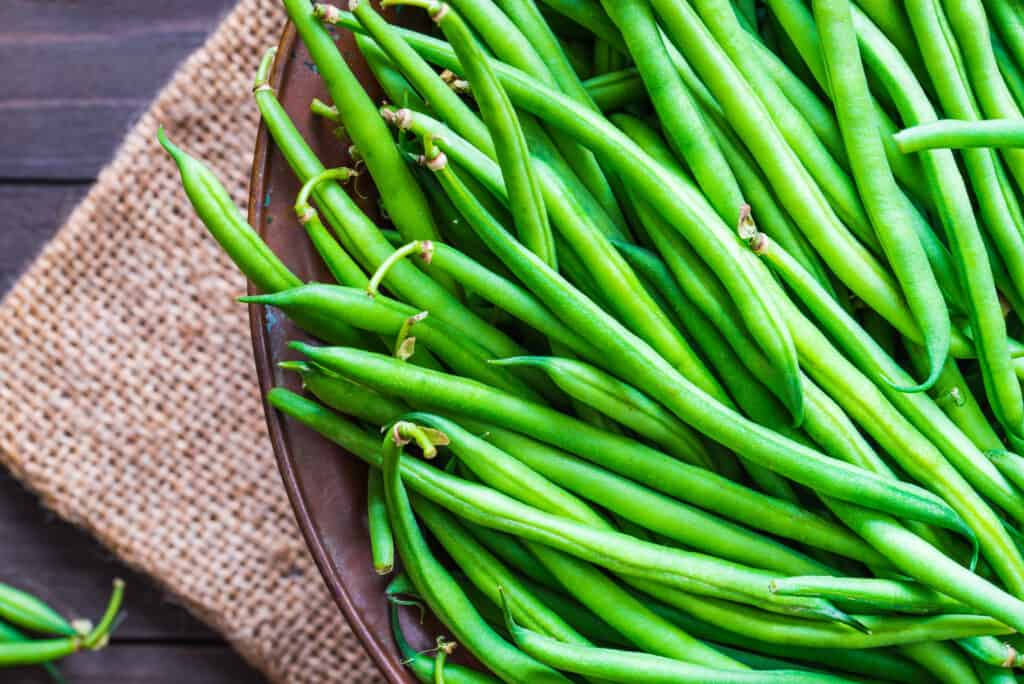
leonori/Shutterstock.com
Green beans are among the simplest vegetables to cultivate, and yet they provide a surprising amount of food for their efforts. You have the option of a bush plant, which is more compact, or a pole plant, which grows vertically and occupies less room. Growing bush beans requires far less space in the yard and can be done successfully in containers. Beans thrive even on low-quality soil because they enrich it with nitrogen as they expand.
Green beans are a simple summer crop that matures quickly. Green bean seeds should be planted about an inch deep and spaced about four inches apart. In about 50 or 60 days after planting you can begin gathering your harvest.
Peas

287797673/Shutterstock.com
There’s nothing quite like the succulent flavor of fresh, homegrown peas to compare to those purchased from the supermarket. Fruits fresh from the vine are nature’s candy. Planting peas is one of the first things farmers do each spring, and they do it no matter what the weather brings.
Peas should be planted as soon as the dirt can be worked, preferably two weeks prior to the average date of the last spring frost in your area. Plant each seed about two inches apart and one inch deep (plant deeper if the soil is dry). The recommended distance between rows when planting is seven inches. Use water to maintain wet soil. Don’t worry; just stick them back into the ground if any of your seeds float away. Peas are typically ready to be picked 60 to 70 days after sowing. Once you see the pea blossoms open, you should check on them every day.
Radishes
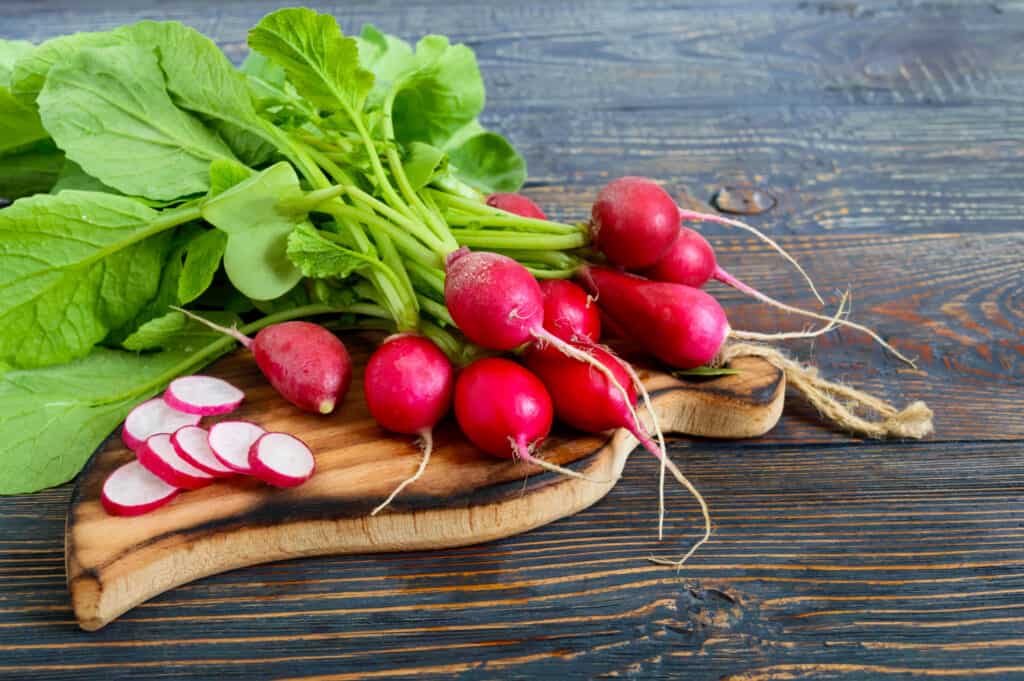
Iaroshenko Maryna/Shutterstock.com
Radishes are low maintenance because they rarely encounter pests and can survive light frosts. They prefer the mild temperatures of spring and fall. They need a lot of sunlight to flourish, but they may also grow in partial shade. Since they mature so quickly, they can be interplanted with crops that take longer to germinate and yet provide a steady harvest.
Plant seeds about half an inch deep in the soil or potting mix of the intended growing location. As soon as seedlings appear, you should thin them to a spacing of around 2 to 3 inches. In 20 to 30 days, radishes are ready for picking from your garden!
Carrots
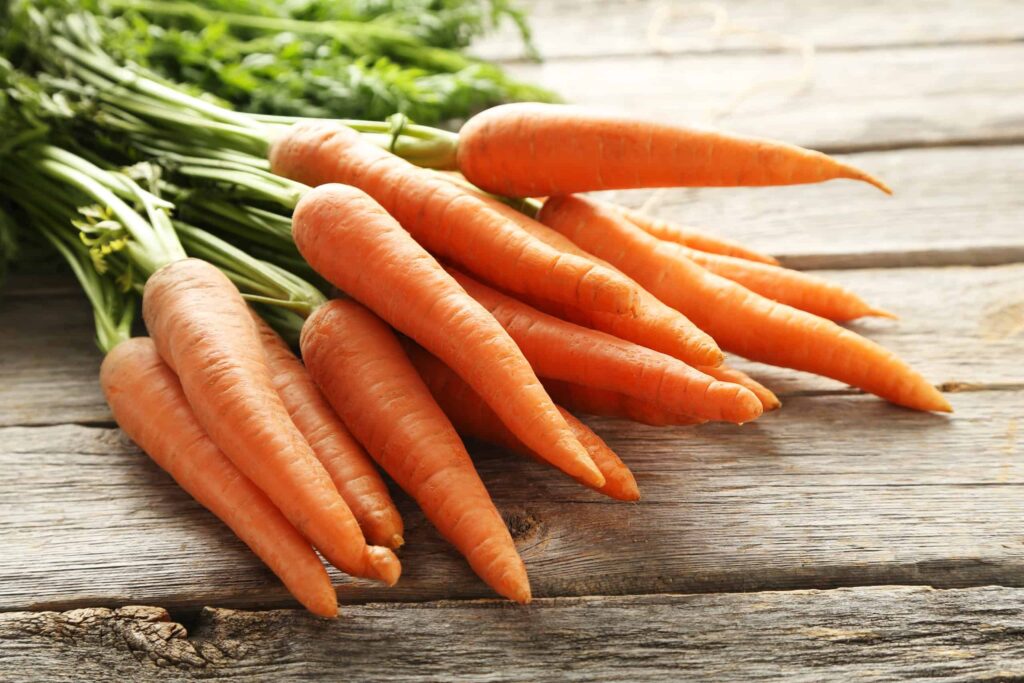
5 second Studio/Shutterstock.com
Most root crops can be grown with little effort. Carrots are one of the simplest vegetables to grow. Again, these vegetables are great for straight sowing into the ground or growing in containers. Root vegetables thrive when the soil is not too compacted, and the seeds are given plenty of room to spread. Those who opt to plant their vegetables in the ground should till the soil thoroughly to break it up before planting. Put your seeds in the compost.
Perhaps you want to grow full-size carrots but only have access to clumpy soil. Container gardening is a great solution to this problem. To cultivate them in containers, you’ll need something big enough to hold a tree, like a five-gallon bucket. You can use compost or loose dirt to fill the bucket. This is when you’ll actually get around to planting your seeds. Several weeks later, you’ll need to go back and separate the clusters of seedlings. Make sure the containers holding your vegetables always have enough water.
When the tops of your carrots become thick and green, you can harvest some to see how much they’ve grown. If they look mature when you pull them, you can safely harvest them. To be safe, pull a couple to examine, and if they still have some developing to do, continue fertilizing and watering for another few weeks. They usually takes between 60 and 80 days to mature.
Cucumbers
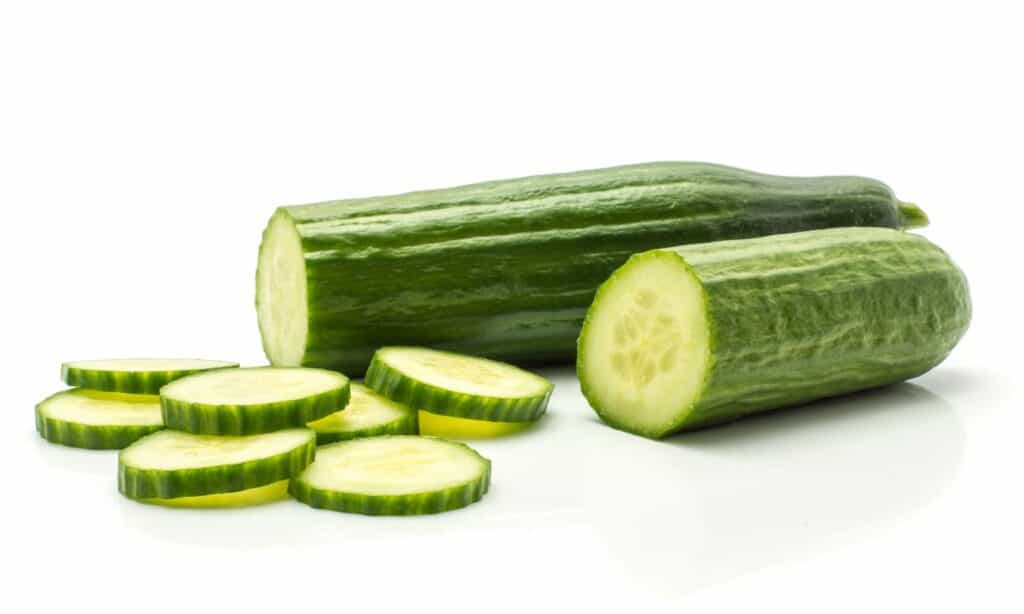
iStock.com/Kateryna Bibro
Another easy-to-cultivate plant is the cucumber. While some individuals adore them, others can’t stand them. Even if you don’t like cucumbers in a salad, you could prefer them pickled in a jar with some dill. To get the most out of their growing season, you need to wait until the final spring frost to sow these warm-weather crops.
Cucumbers can be planted either in the ground or in containers. Planting cucumbers can be done in one of three ways: directly in the ground, in containers about three weeks prior to planting, or by purchasing seedlings from a local nursery. Cucumbers require a lot of sunlight and well-drained soil if you want to grow them in your yard. Also, remember to use compost for planting them.
Planting in containers allows you to grow either full-sized ordinary cucumbers or a smaller variation. Don’t be shy about loading up your bucket with some soil and compost. Make sure the plant gets plenty of sunlight and is consistently watered. Fertilizing your cucumbers once a month is optimal. After 50 to 60 days, when the cucumbers have reached their full size, they are ready for harvesting.
Kale
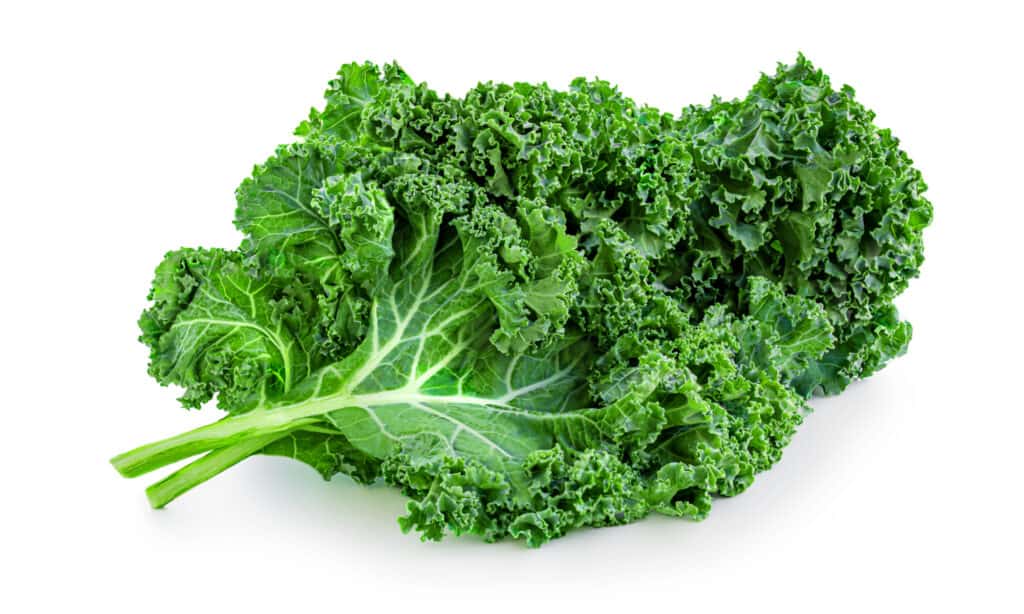
Natali Zakharova/Shutterstock.com
The ease with which kale may be grown makes it a strong contender for the title of “simplest vegetable to garden.” In addition to being very resistant to pests and diseases, it can also withstand a wide temperature range. Furthermore, unlike many other greens, it doesn’t “bolt” (go to seed) when temperatures rise. Additionally, one cup of kale provides more than 100% of the daily value for vitamins A, C, and K.
Plant seeds in late spring or early summer, either indoors or outdoors if the weather is warm enough. Plant seeds about an inch deep, and once they sprout, thin them to a spacing of 18 inches (or less if you like your leaves younger). The leaves should be ready to pick up in about 60 days.
Swiss Chard
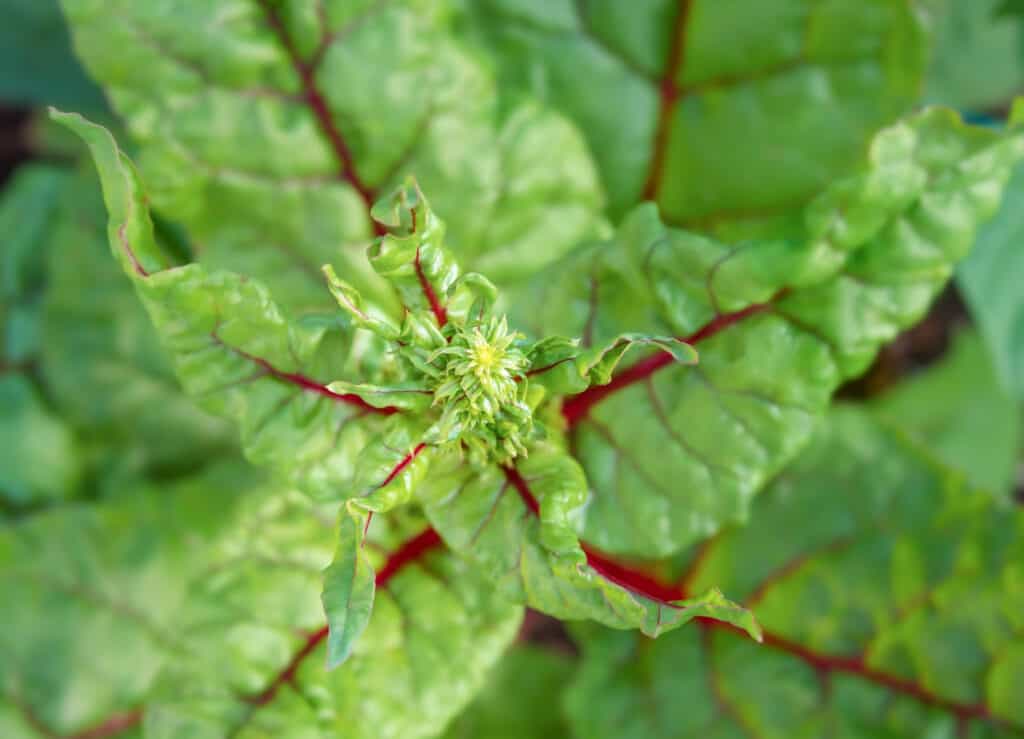
iStock.com/Petra Richli
Swiss chard is a versatile vegetable that adds a lot of flavors to anything from main dishes to stir-fries, and it’s really simple to cultivate. Its high levels of vitamins A, C, and K also make it a “superfood.” Swiss chard is related to spinach, but it’s more heat and cold tolerant, so it’s not as difficult to cultivate.
When planting in the spring, start around two to three weeks prior to the last frost date, and when planting in the fall, start approximately forty days prior to the last frost date. Planting seeds every 10 days for a continuous harvest of one month is possible. If you have a greenhouse, you can even grow chard in the winter.
Plant seeds shallowly, no more than half an inch deep, in lines spaced a foot apart. After the seeds have germinated, you should space them out about ten inches. Within twelve weeks, you’ll be able to harvest the plants for their delicious cut-and-come-again leaves.
Beets
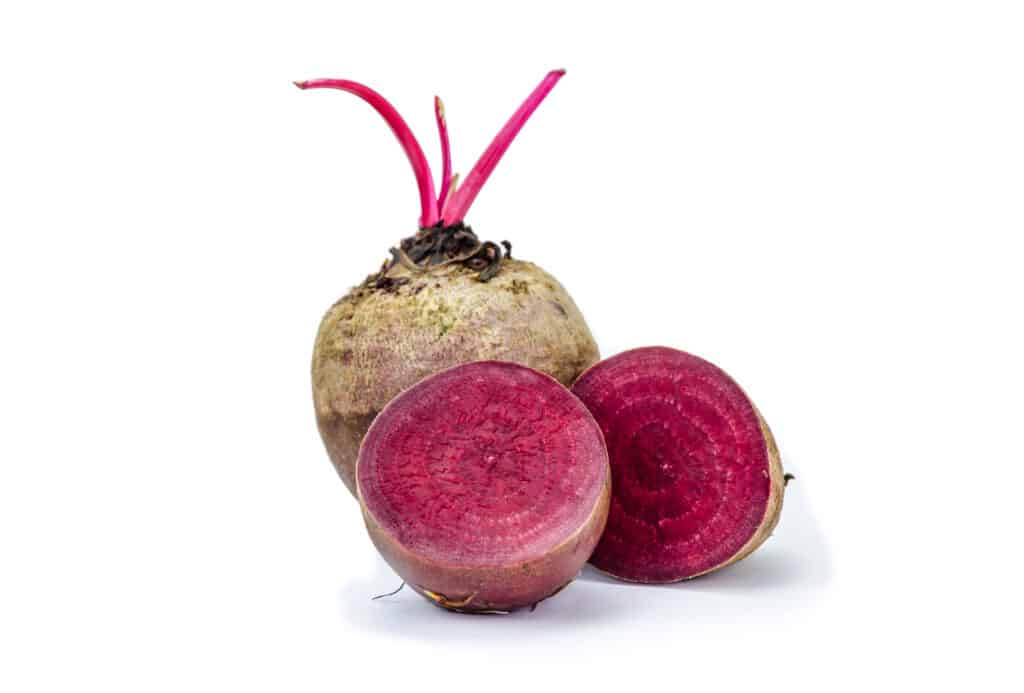
Pingun/Shutterstock.com
Beets, also known as beetroot, are an excellent addition to any vegetable garden due to their small size, vibrant colors, and low maintenance requirements. Make consecutive plantings every couple of weeks beginning in the spring if you enjoy eating the vegetable in salads or as a roasted side dish. Alternatively, beets can be stored and enjoyed for a long time after a harvest.
Beets are easy to grow from seed, but they must be put outdoors in full sun because beet seedlings do not tolerate transplanting well. Plant seeds in a half-inch deep, 1-2 inches apart, and one foot apart in rows. When the beet seedlings are about three to four inches tall, you can thin them out. For beets to mature, plan on investing for around two months. The root veggies should now be protruding above the dirt and should be the size of a golf ball.
Summer Squash
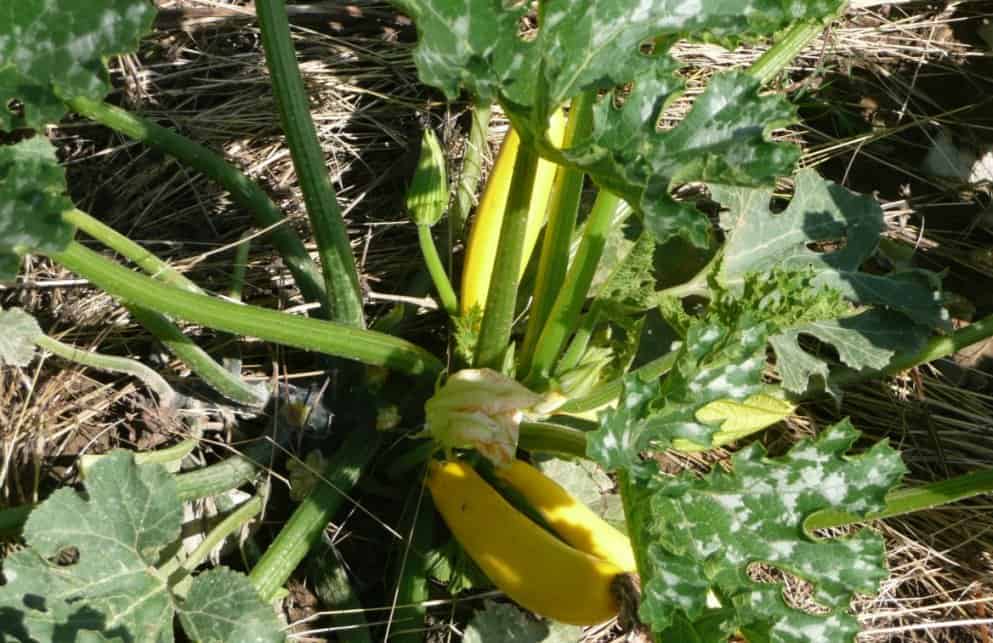
– License
For an earlier harvest, it’s best to either sow your squash seeds inside or purchase squash seedlings. Plant your squash seeds in well-drained soil that has been amended with compost. Planting locations should have full or nearly full sun all day long, as squash thrives in warm temperatures and bright conditions.
Since squash is also a vining plant, it is important to give the vines plenty of areas to spread out. You can train it on a trellis or just let it sprawl out on the ground. If you fertilize and water your squash once a month, it should thrive. The squash is suitable for plucking after 50 to 65 days when it has become yellow in color, and the stem is soft enough to snap off.
Lettuce, Romaine, Iceberg (leafy greens)
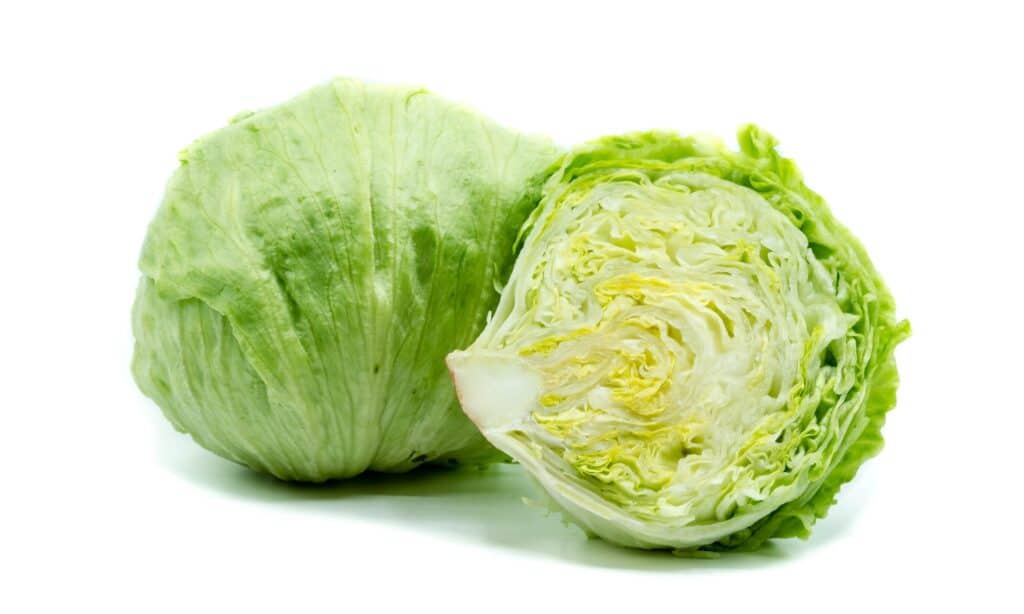
iStock.com/Animaflora
Lettuce can be grown in many different varieties. Leaf lettuce, which is fantastic in a salad, is something you can grow easily. Lettuce prefers cool temperatures, making early spring and late fall ideal planting times. Even a light frost won’t kill lettuce seedlings. The plants will survive if the temperature stays above 45 degrees Fahrenheit. The seasons of spring and October are optimal for planting.
Sow your lettuce in compost-amended, well-drained soil. Space your seedlings out between 6 and 18 inches, depending on the light intensity where you live. It may take up to 80 days until harvest is ready. When the lettuce reaches full size, you can pick it. For optimal quality, lettuce should be picked first thing in the morning.
Up Next:
The post Discover the 10 Easiest Vegetables You Can Grow appeared first on AZ Animals.
from Animal News, Facts, Rankings, and More! - AZ Animals https://ift.tt/ugOSYwn